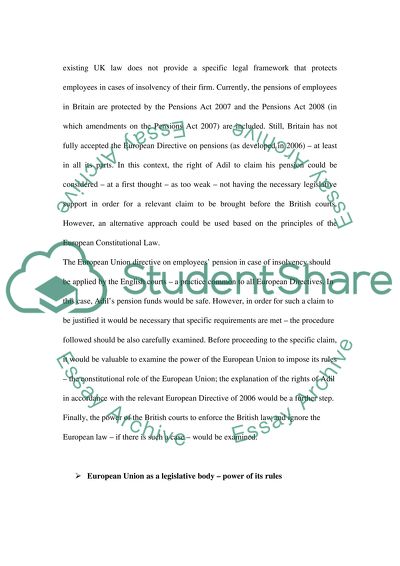Cite this document
(“Two problem questions on constitutional law of European Union Essay”, n.d.)
Retrieved from https://studentshare.org/miscellaneous/1553857-two-problem-questions-on-constitutional-law-of-european-union
Retrieved from https://studentshare.org/miscellaneous/1553857-two-problem-questions-on-constitutional-law-of-european-union
(Two Problem Questions on Constitutional Law of European Union Essay)
https://studentshare.org/miscellaneous/1553857-two-problem-questions-on-constitutional-law-of-european-union.
https://studentshare.org/miscellaneous/1553857-two-problem-questions-on-constitutional-law-of-european-union.
“Two Problem Questions on Constitutional Law of European Union Essay”, n.d. https://studentshare.org/miscellaneous/1553857-two-problem-questions-on-constitutional-law-of-european-union.


